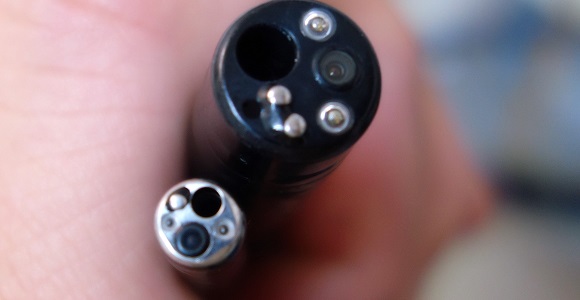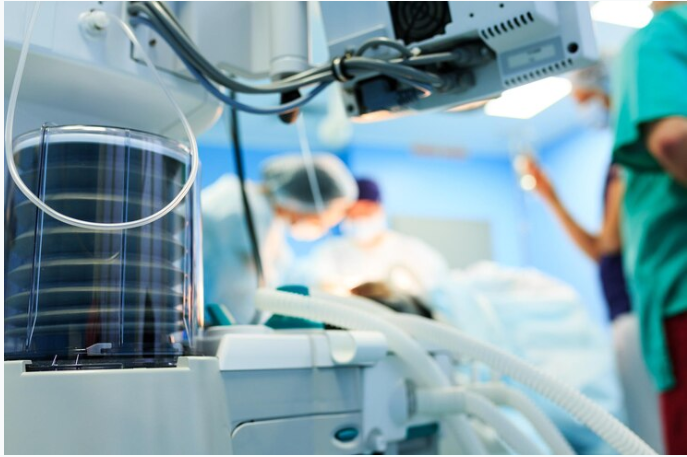The technological advancements made by the manufacturers is expected to accelerate the growth of the endoscopy devices market from 2018 to 2025.
The global endoscopy devices market is expected to reach US$ 45612.3 Mn in 2025 from US$ 26333.3 Mn in 2017. The market is estimated to grow with a CAGR of 7.5% from 2018-2025. The report highlights the trends prevalent in the global endoscopy devices market and the factors driving the market along with those that act as restraints to its growth. The global endoscopy devices market is witnessing a sheer rise in the current scenario and is expected to expand in the coming years. Various technological advancements made by the players operating in the market is one of the major factor expected to propel the demand of endoscopy devices market. However, stringent regulatory framework in the market is expected to hinder the market growth.
Endoscopy is among the most commonly performed medical procedures. There have been various image enhancement innovations in recent years to enable better visualization in the process of endoscopy. New technologies such as digital chromo endoscopes were developed in order to reduce the detection time. Common digital chromosomes are, narrow-band imaging (NBI), flexible spectral imaging color enhancement (FICE) and I-Scan. NBI was a technology developed by Olympus Corporation. There have also been various therapeutic advancements in the field of endoscopy in the recent years. Some of them are, Over-the-scope clip, radiofrequency ablation, hemostatic powder, and lumen apposing metal stents. Over-the-scope Clip (OTSC) was developed for endoscopic closure of perforations and fistulas. This technique it has been shown an 86% clinical success for resolution of GI fistulas. Recently, OTSC has been used for endoscopic hemostasis with good results for peptic ulcers, Mallory–Weiss tears, and anastomotic bleeding. Thus, these technological advancements and innovations are expected to drive the global endoscopy devices market growth during the forecast years.
The use of endoscopy devices come along with the risk of infections since the reusable ones are used multiple times. During the procedure the internal channels as well as the external surfaces are exposed to body fluids and contaminants. Flexible endoscopes are heat labile devices and hence, pose a challenge for disinfection. Stringent guidelines for the sterilization and reprocessing of endoscopes were developed by the ASGE and the Society for Healthcare Epidemiology of America. Various medical centers have reported instances of infections and other complications arising as a result of endoscopy. In rare cases, the patient may suffer from allergy caused due to exposure from dyes used in the procedure. However, the chances of developing infection due to CRE bacteria (carbapenem-resistant enterobacteriaceae) via ERCP duodenoscopes has been a matter of concern during recent years.
Some of the prominent players operating in endoscopy devices market are Olympus Corporation, STRYKER, Medtronic, KARL STORZ SE & Co. KG, Ethicon US, LLC., Richard Wolf GmbH, Boston Scientific Corporation, Smith & Nephew, Cook, and FUJIFILM Holdings Corporation.



